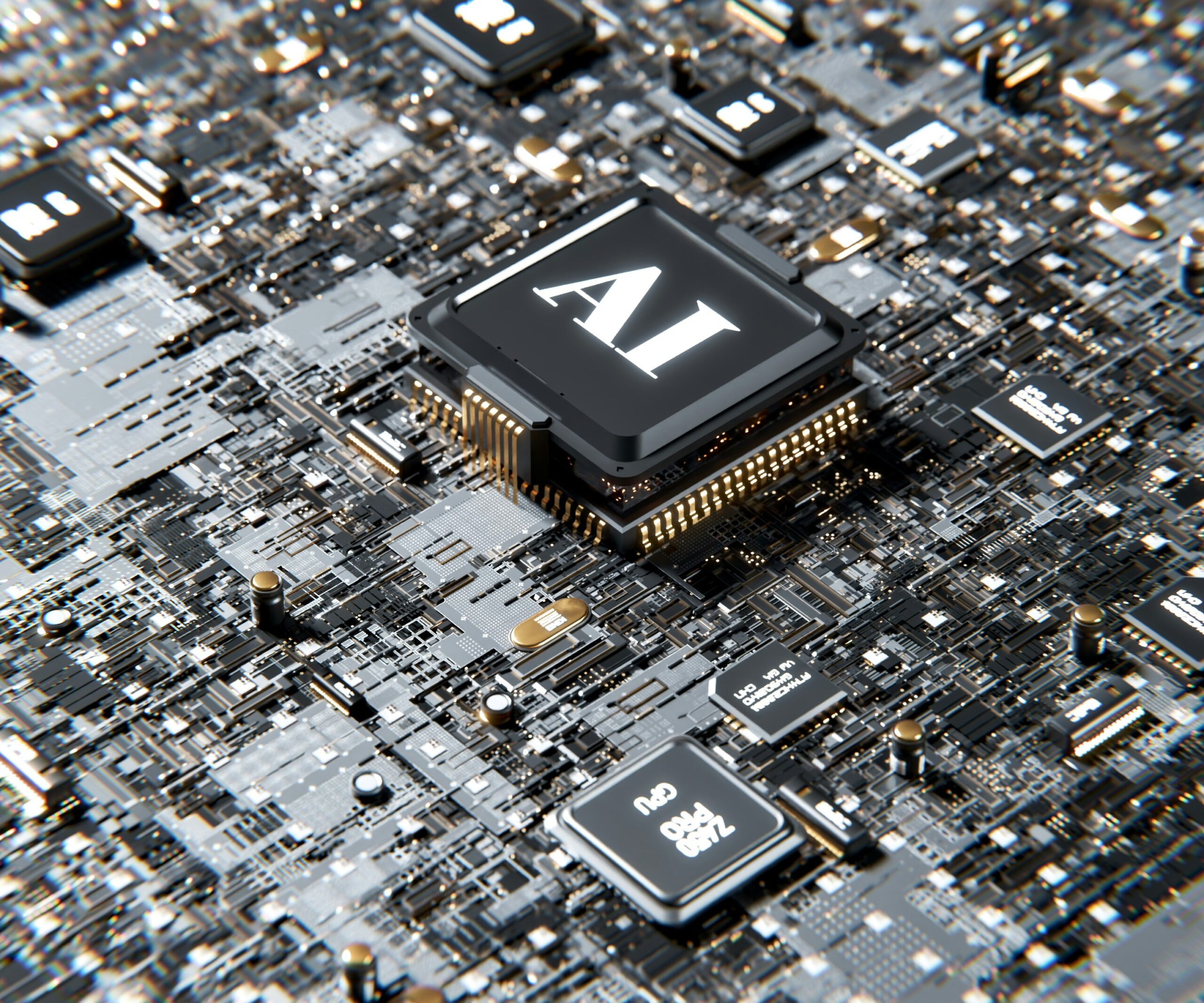AI’s Impact on Data Center Infrastructure: How Enterprises Are Adapting
As enterprises race to integrate AI into their operations, the underlying data center infrastructure is undergoing a fundamental transformation. From high-performance servers to advanced networking and scalable storage, IT leaders are making strategic investments to keep pace with AI’s resource demands. But with cost pressures mounting and efficiency at a premium, the question remains: How can enterprises balance innovation with operational sustainability?
AI’s Hardware Appetite: A Shift in Server Design
Traditional CPU-centric architectures are giving way to AI-optimized infrastructure. Enterprises are rapidly deploying GPU- and accelerator-powered servers capable of handling massive computational workloads. Nvidia, AMD, and Intel are competing for dominance in this space, with specialized chips designed for AI inference and training. Beyond raw power, IT leaders are prioritizing energy efficiency, leveraging liquid cooling and dynamic workload management to optimize performance while controlling costs.

Storage Challenges: Managing AI’s Data Deluge
AI’s insatiable demand for data is driving a shift in storage strategies. Enterprises are moving beyond traditional disk-based storage to hybrid models that integrate NVMe, SSDs, and high-bandwidth memory (HBM). Object storage and data lakes are gaining traction, enabling organizations to manage vast datasets required for AI model training. However, storage costs remain a concern, leading IT teams to explore tiered architectures that balance performance and budget constraints.
Networking Evolves: Reducing Bottlenecks in AI Workloads
The rise of AI-driven applications is forcing enterprises to rethink their networking infrastructure. High-speed interconnects such as InfiniBand and Ethernet-based RDMA (Remote Direct Memory Access) are becoming standard to reduce latency and improve data throughput. Hyperscalers are also investing in AI-specific networking solutions, ensuring seamless communication between distributed AI workloads across cloud and on-prem environments. The challenge? Balancing performance with network security and compliance requirements.
The Cost Equation: Balancing AI Ambitions with IT Budgets
AI infrastructure isn’t just about performance—it’s about economics. As enterprises ramp up AI investments, they’re also turning to FinOps strategies to optimize costs. Pay-as-you-go cloud models, AI workload scheduling, and energy-efficient hardware are all part of the equation. Companies are scrutinizing the total cost of ownership (TCO) of AI data centers, weighing whether to invest in on-prem AI hardware or leverage cloud-based AI infrastructure from providers like AWS, Azure, and Google Cloud.
Enterprises that strike the right balance between AI’s power, cost, and sustainability will be the ones that win in 2025.
Looking Ahead: The AI-Ready Data Center
AI is reshaping enterprise IT at every level, making data center modernization a strategic priority. In the coming years, expect continued advancements in AI chips, storage efficiency, and ultra-low latency networking. Enterprises that strike the right balance between performance, cost, and sustainability will be best positioned to harness AI’s full potential.

7 Practical Steps to Identify AI-driven Cost-Saving in 2025:
- Conduct an AI Readiness Assessment
Evaluate current IT infrastructure, data capabilities, and operational workflows to identify where AI could bring efficiency. Look for bottlenecks in manual processes, data management, or decision-making that AI could optimize.
- Analyze Cost-Intensive Operations
Pinpoint high-cost areas like cloud spending, energy consumption, and resource allocation. AI-driven automation, predictive analytics, and energy-efficient AI hardware can drive significant savings.
- Implement AI for IT and Cloud Cost Optimization
Use AI-powered FinOps tools to track and optimize cloud spending in real time. Predictive scaling and workload distribution can help prevent over-provisioning and reduce unnecessary cloud expenses.
- Automate Repetitive and Labor-Intensive Tasks
Leverage AI-driven automation in areas like customer support (chatbots), IT operations (AIOps), and financial processes (automated invoicing and fraud detection) to cut labor costs and improve efficiency.
- Enhance Supply Chain and Inventory Management
AI-powered forecasting can optimize supply chain operations, reducing waste and improving procurement decisions. Businesses can use machine learning to anticipate demand fluctuations and prevent costly overstock or shortages.
- Invest in AI-Optimized Hardware and Energy Efficiency
Switch to AI-accelerated computing that delivers higher performance with lower power consumption. AI can also optimize energy use in data centers, reducing cooling and electricity costs.
- Pilot AI Use Cases Before Full-Scale Deployment
Run small-scale AI experiments in targeted areas to measure ROI before making larger investments. This ensures AI adoption is aligned with business goals and cost-saving expectations.
Striking the Right Balance: Innovation, Cost, and Sustainability
AI is redefining the IT landscape, pushing enterprises to rethink their data center strategies from the ground up. While the potential for innovation is immense, so too are the cost and complexity of AI-driven infrastructure. The key to success in 2025 and beyond lies in a balanced approach—leveraging AI to drive efficiency while maintaining financial sustainability.
By proactively assessing AI readiness, optimizing resource allocation, and strategically investing in cost-saving initiatives, enterprises can build AI-ready data centers without overspending. The organizations that take a measured, data-driven approach will not only maximize AI’s benefits but also position themselves for long-term success in an increasingly AI-driven world.

